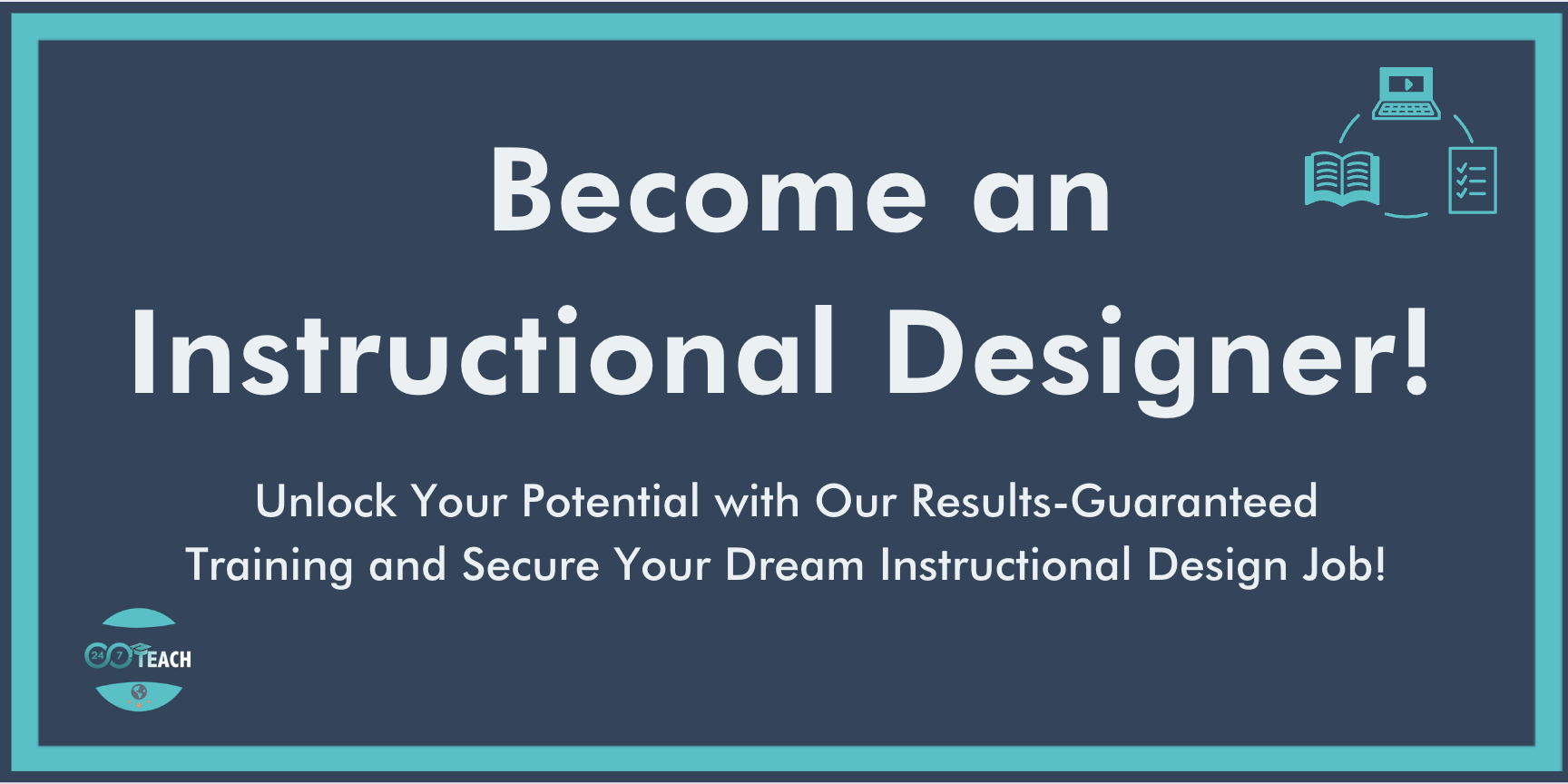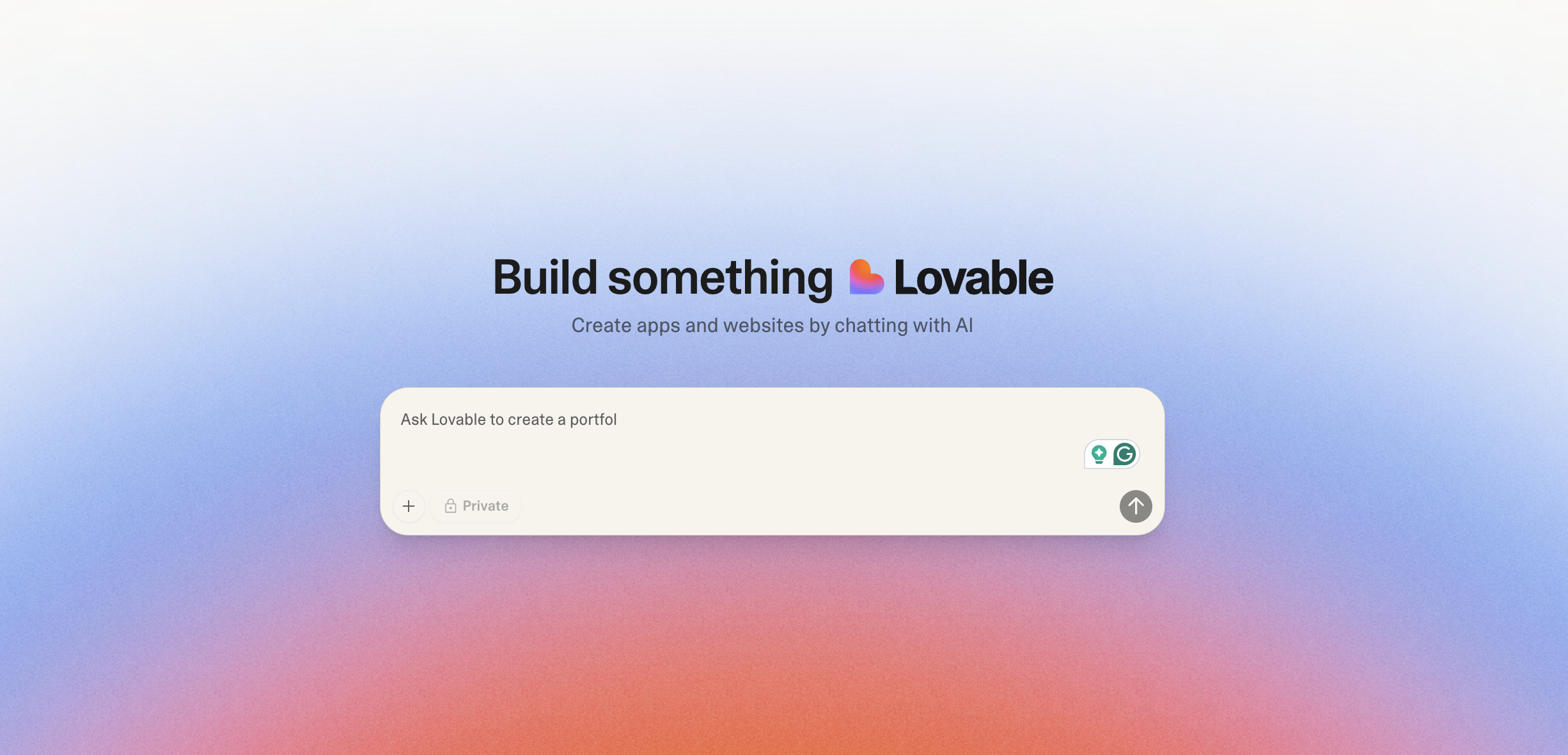The Power of Action Mapping and Needs Analysis in eLearning Design
By Anthony Miller
Instructional Designer and Hiring Manager
Prefer to listen to this post? Click below.
Bridging Gaps and Driving Action:
In instructional design, particularly within the eLearning context, two methodologies effectively create impactful, results-driven training programs: action mapping and needs analysis. Pioneered by Cathy Moore, action mapping is a focused, practical approach designed to turn traditional, often ineffective training on its head. Combined with the foundational needs analysis process, these strategies offer a robust framework for instructional designers aiming to deliver more than just content—to deliver change.
Unpacking Action Mapping:
At its core, action mapping is a visual approach to designing training programs that start not with content but with action. This method is predicated on the idea that eLearning should be a catalyst for change, driving learners not just to know more but to do more. It’s about aligning training with tangible business goals and designing learning experiences that engage learners in real-world application rather than passive consumption.
The Four-Step Framework:
Define the Business Goal(s): The starting point is a clear, measurable business goal that addresses a specific performance gap or organizational need. This goal should anchor all subsequent steps, ensuring that the training developed is directly relevant to improving business outcomes.
Identify the Actions: Once the goal is set, the focus shifts to identifying the specific actions or behaviors learners need to perform to achieve this goal. This step is crucial—pinpointing what learners need to do differently rather than what they need to know.
Design Practice Activities: With the desired actions in mind, the next step involves creating practice activities that simulate real-life scenarios. These activities should challenge learners to apply what they’re learning in practical, tangible ways, reinforcing the connection between the training and its real-world applications.
Identify the Minimally Necessary Information: Action mapping involves distilling the content to the most critical, need-to-know information supporting the identified actions. This step ensures that the training is streamlined, focused, and devoid of unnecessary content that can distract from the primary learning goals.
The Role of Needs Analysis:
While action mapping provides a structure for designing impactful training, needs analysis is the investigative process that informs its direction. Needs analysis is all about digging deep to understand the root cause of performance gaps, the context in which learners operate, and the specific barriers they face in achieving desired outcomes. It’s a comprehensive exploration that seeks to answer three fundamental questions:
What are learners currently doing?
What do you want them to be doing?
Why is there a gap?
This process is essential for ensuring that the action mapping approach is grounded in reality, based on a clear understanding of learners' needs, and targeted towards making a measurable difference in performance.
Conducting a Needs Analysis:
A thorough needs analysis typically involves several key activities:
Engaging Stakeholders and Subject Matter Experts: Collaboration with those with a vested interest in the training’s outcomes is crucial for gaining a holistic view of the learning needs.
Gathering Data Through Various Methods: Surveys, interviews, focus groups, and observations can all yield valuable insights into the current state of learner performance and the factors contributing to any gaps.
Analyzing the Data: This involves looking for trends, identifying discrepancies between current and desired performance, and pinpointing the specific knowledge or skill gaps that must be addressed.
Integrating Action Mapping and Needs Analysis:
Integrating action mapping and needs analysis offers a strategic, dynamic approach to instructional design that focuses on real-world impact. Here’s how these methodologies complement each other in the design process:
Foundation in Reality: Needs analysis ensures that the business goals and actions identified through action mapping are based on actual needs and performance gaps rather than assumptions.
Focused Content: The insights gained from needs analysis help determine the minimally necessary information, ensuring the content developed is highly relevant and targeted.
Engaging and Relevant Learning Experiences: The practice activities designed through action mapping are informed by a deep understanding of learners' real-world contexts, making them more engaging and effective.
Best Practices for Implementing Action Mapping and Needs Analysis:
To leverage the full power of these methodologies, consider the following best practices:
Start With the End in Mind: Keep the business goal at the forefront throughout the design process, ensuring that every element of the training is aligned with achieving this goal.
Engage Learners in Active Practice: Design activities that mimic real-life challenges, encouraging learners to apply their skills and knowledge in practical contexts.
Iterate Based on Feedback: Use feedback from learners and stakeholders to continuously refine and improve the training program, ensuring it remains relevant and practical.
Simplify: Resist the temptation to include extraneous content. Focus on what’s truly necessary for learners to perform the desired actions.
A Path to Meaningful Impact:
By integrating action mapping with a thorough needs analysis, instructional designers can create eLearning experiences beyond mere knowledge transfer. This approach ensures that training programs are directly tied to business goals, focused on actionable learning, and designed with the learner’s real-world context in mind. It’s a pathway to better eLearning and training that drives real, measurable change.
In today’s fast-paced business environment, where the ability to adapt and perform is paramount, combining action mapping and needs analysis offers a powerful toolkit for instructional designers committed to creating meaningful, impactful learning experiences. Through this integrated approach, eLearning can become a pivotal force for organizational success, empowering learners to translate knowledge into action and achieve significant business results.
Discussion Question:
Join the conversation and participate with the 24/7 Instructional Design community by answering the DQ in the comment section below:
Reflecting on the principles of action mapping and needs analysis as presented, consider the current eLearning project you are working on or planning. Discuss how integrating these methodologies can enhance the effectiveness and impact of your project. Specifically, address the following points:
Business Goal Alignment: Describe a specific business goal your project aims to support. How can you ensure that the training is directly relevant to improving business outcomes using action mapping?
Identification of Actions: Reflect on the specific actions or behaviors your learners need to perform to achieve the business goal. How does focusing on these actions, rather than just knowledge acquisition, change how you design your eLearning project?
Design of Practice Activities: Based on the actions identified, what types of practice activities could you or have you design to simulate real-life scenarios? How can these activities reinforce the connection between the training and its real-world applications?
Minimally Necessary Information: Consider the concept of distilling content to only what supports the identified actions. How can you apply this to streamline your project, ensuring it is focused and free from unnecessary content?
Integration with Needs Analysis: Reflect on how a thorough needs analysis can inform the direction of your action mapping. How does understanding the root cause of performance gaps, learner context, and barriers they face enhance the relevance and effectiveness of your eLearning project?
Need Guidance on Navigating the Shift to Instructional Design?
Before You Go...
Discover the Unmatched 24/7 Teach Experience:
Our Instructional Design bootcamps and career coaching services have a 100% success rate. We redefine learning by immersing you in practical, hands-on projects, ensuring you acquire vital professional expertise while making a meaningful difference in your community.
Unlock your true potential today with 24/7 Teach and invest in your future.











